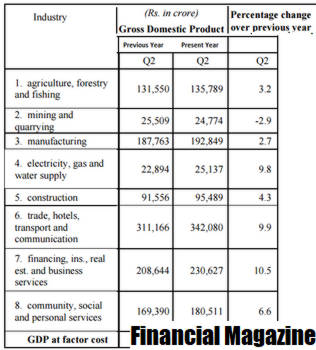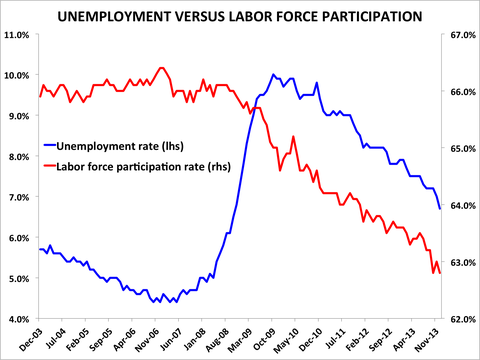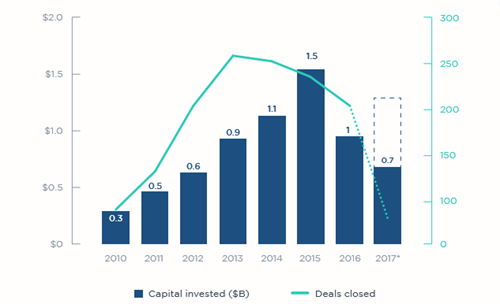Contents:


The T-account summary for Printing Plus after closing entries are journalized is presented in Figure 1.31. Let’s explore each entry in more detail using Printing Plus’s information fromAnalyzing and Recording TransactionsandThe Adjustment Processas our example. The Printing Plus adjusted trial balance for January 31, 2019, is presented in the following Figure 1.28.

Visit the website and take a quiz on accounting basics to test your knowledge. The income statement reflects your net income for the month of December. Permanent accounts are those that keep track of the long-term assets, liabilities, and equity of a business. The year-end closing is the process of closing the books for the year. This involved reviewing, reconciling, and making sure that all of the details in the ledger add up. Closing entries are an important facet of keeping your business’s books and records in order.
What is a closing entry?
At this point, the credit column of the Income Summary represents the firm’s revenue, the debit column represents the expenses, and balance represents the firm’s income for the period. Closing entries transfer the balances from the temporary accounts to a permanent or real account at the end of the accounting year. You must debit your revenue accounts to decrease it, which means you must also credit your income summary account. At this point, the accounting cycle is complete, and the business can begin a new cycle in the next accounting period.
At the end of the year, this period costs is closed out to the retained earnings account. It will decrease retained earnings by the amount of the dividend payout for the accounting period being closed. In a partnership, separate entries are made to close each partner’s drawing account to his or her own capital account. If a corporation has more than one class of stock and uses dividend accounts to record dividend payments to investors, it usually uses a separate dividend account for each class.
Temporary accounts, as mentioned above, including revenues, expenses, dividends or accounts. These account balances are used to record accounting activity during a specific period and do not roll over into the next year. For example, $1000 in revenue this year is not recorded as $1000 of revenue for the next year, even though the company retained the money for use in the next 12 months. Once posted to the ledger, these journal entries serve the purpose of setting the temporary revenue, expense, and dividend accounts back to zero in preparation for the start of the next accounting period.
Effects Merchandise Returns Have on Income Statements
So after we’ve adjusted our books, made our adjusted trial balance, created our financial statements. So we’re gonna make some closing entries after we’ve put out our financial statements. And these closing entries are used to zero out what we call a temporary account balances.
The first one is to close out the revenue account to the income summary account. You are a newly hired accountant for Boss Consultants Inc (“Boss”), a consulting firm located in Chicago. Boss just started its business this year as a simple operation that offers a premium, boutique service. It is now the end of the first quarter, and the company must prepare financial statements for an upcoming bank loan application. You are in charge of closing the books, and you are confident since you are a master of closing entries. Having a zero balance in these accounts is important so a company can compare performance across periods, particularly with income.
If the company earns money, the account balance will be a credit. Before making closing entries, an accountant must run a trial balance, which will provide all of the information necessary to make closing entries. A trial balance is a report that can be run to verify that the total debits for an accounting period equal the total credits for the same.
What Is the Difference Between a Sales Return & a Sales Allowance?
The fourth entry closes the Dividends account to Retained Earnings. Are journal entries made at the end of accounting periods that involve transferring data from temporary accounting on the temporary accounts on the income statement to permanent accounts. Prepare one journal entry that credits all the expense accounts. (These accounts will have a debit balance in the general ledger prior to the closing entry.) Debit the income summary account for the total. This is done by preparing closing entries in the general journal. The income summary account balance depends on whether or not the business in question earns or loses money during the accounting period being closed.
- All revenue and expense accounts must end with a zero balance because they are reported in defined periods and are not carried over into the future.
- This is done by journalizing those entries in the General Journal and then posting them to the General Ledger.
- As you will learn inCorporation Accounting, there are three components to the declaration and payment of dividends.
- © Rice University OpenStaxCC BY-NC-SA Long DescriptionNotice that revenues, expenses, dividends, and income summary all have zero balances.
- Here we see that total expenses for both were $9,650 for January 2020.
- The following video summarizes how to prepare closing entries.
This balance is then transferred to the Retained Earnings account. Instead the balances in these accounts are moved at month-end to either the capital account or the retained earnings account. Corporations will close the income summary account to the retained earnings account. The net result of these activities is to move the net profit or net loss for the period into the retained earnings account, which appears in the stockholders’ equity section of the balance sheet. The $9,000 of expenses generated through the accounting period will be shifted from the income summary to the expense account.
Nature of Business
Closing entries are journal entries made at the end of an accounting period to transfer temporary accounts to permanent accounts. An “income summary” account may be used to show the balance between revenue and expenses, or they could be directly closed against retained earnings where dividend payments will be deducted from. This process is used to reset the balance of these temporary accounts to zero for the next accounting period. A closing entry is a journal entry made at the end of accounting periodsthat involves shifting data from temporary accounts on the income statement to permanent accounts on the balance sheet. Temporary accounts include revenue, expenses, and dividends, and these accounts must be closed at the end of the accounting year.
BCI Awards 2023 now open for entries – Continuity Central
BCI Awards 2023 now open for entries.
Posted: Tue, 04 Apr 2023 07:55:16 GMT [source]
When closing expenses, you should list them individually as they appear in the trial balance. In the next tutorial, we’ll look at the income summary account in more detail. The following video summarizes how to prepare closing entries. Adjusting entries are generally made in relation to prepaid expenses, prepayments, accruals, estimates and inventory. The trial balance is a part of the double-entry bookkeeping system and uses the classic ‘T’ account format for presenting values.
A closing entry is an accounting entry that is used to transfer the balances of temporary accounts to permanent accounts. This is done as part of the annual financial closing process. Below are some of the examples of closing entries that can be used to transfer revenue and expense account balances into income summary and from there to the retained earnings. The expense accounts have debit balances so to get rid of their balances we will do the opposite or credit the accounts. Just like in step 1, we will use Income Summary as the offset account but this time we will debit income summary. The total debit to income summary should match total expenses from the income statement.
Income summary account is a temporary account used to make closing entries. All temporary accounts must be reset to zero at the end of the accounting period. In this way, the balances are emptied into the income summary account. The income summary account then transfers the net balance of all the temporary accounts to retained earnings, which is a permanent account on the balance sheet. A company’s income statement shows the sales, expenses and profits for an accounting period. The balance sheet tracks assets, liabilities and owners’ equity.
How to create closing entries
For instance, the year 2020 revenue and expense accounts would show the balances pertaining to just that year and not for 2019 or 2018. Instead, the basic closing step is to access an option in the software to close the accounting period. Doing so automatically populates the retained earnings account for you, and prevents any further transactions from being recorded in the system for the period that has been closed. We see from the adjusted trial balance that our revenue accounts have a credit balance. To make them zero we want to decrease the balance or do the opposite. We will debit the revenue accounts and credit the Income Summary account.
Closing Wikipedia’s Gender Gap, One Edit at a Time – Tufts Now
Closing Wikipedia’s Gender Gap, One Edit at a Time.
Posted: Mon, 27 Mar 2023 07:00:00 GMT [source]
It is shown as the part of owner’s equity in the liability side of the balance sheet of the company. Like revenue, expense, and withdrawal/dividends to permanent ledger accounts. It makes no difference whether the books are closed or still open, a correcting journal entry is necessary. If the current year books are closed-no entry is necessary if the error has already counterbalanced.

The credit to income summary should equal the total revenue from the income statement. Income SummaryAn income summary is a transitory account created to transfer all the expenses and revenue accounts at the end of the accounting period. An increase in credit side balance exhibits profit, while a higher debit side balance shows a loss.

https://1investing.in/ Entries are pass in order to close temporary accounts. Revenue increase owner’s equity and expenses and withdrawals by owner decrease owner’s equity, all accounts relating to expenses, revenues and drawing are called temporary accounts. After closing, the balance of Expenses will be zero and the account will be ready for the expenses of the next accounting period.
